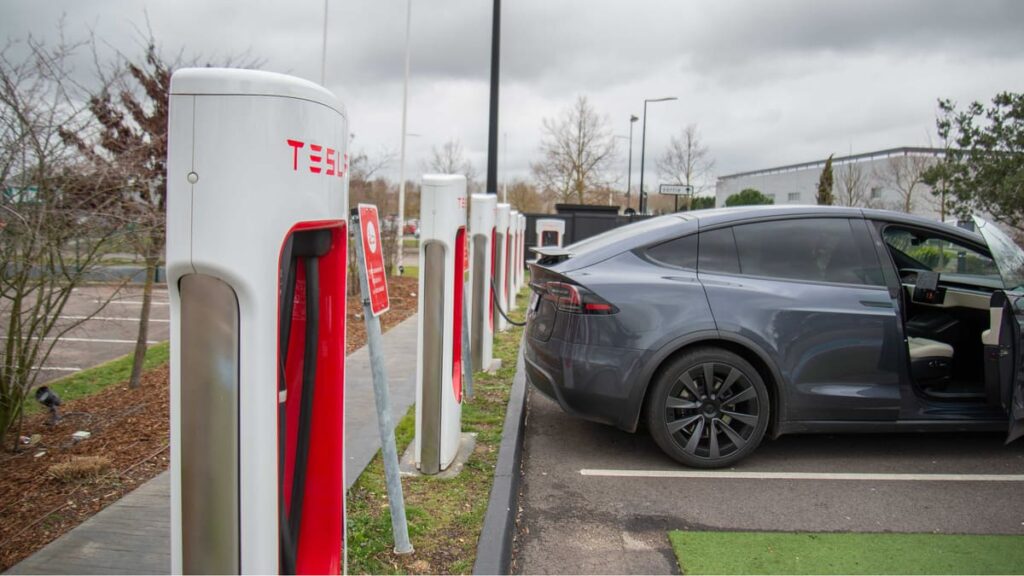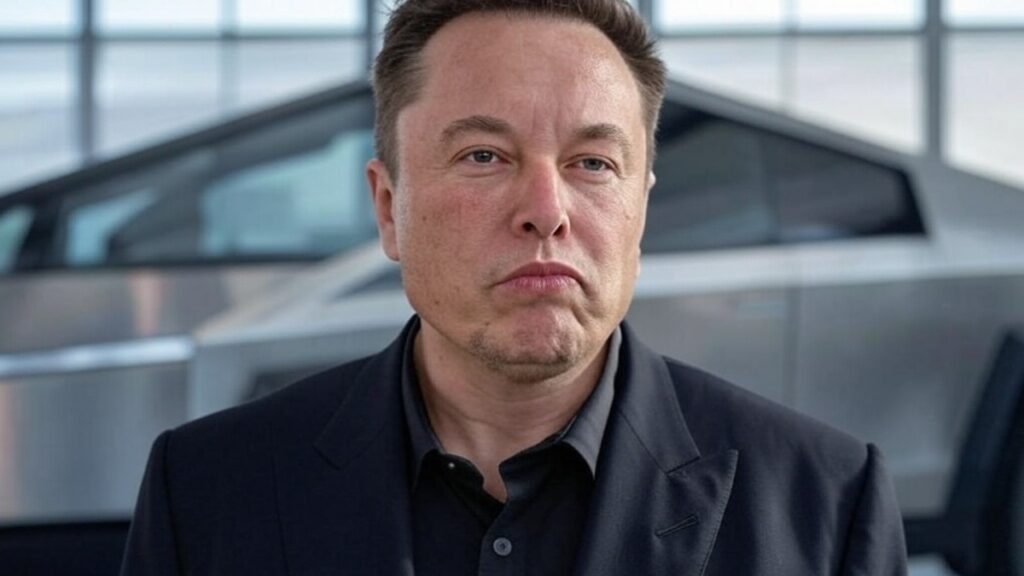In Australia’s dynamic automotive landscape, trends are continually shifting. A fascinating development is the divergence in the frequency of vehicle upgrades between gasoline and electric vehicle (EV) owners. While many Australians cling to their petrol-powered cars for an impressive average of 12 years, electric vehicles are typically replaced every 3 years, according to recent research. This begs the question: why do EV owners opt for upgrades at such a rapid pace, even when these vehicles often carry a higher initial cost than traditional petrol models?
Electric Vehicles: Upgraded Three Times More Often Than Petrol Cars
A report from S&P Global, a prominent economic research firm, sheds light on the widening gap in ownership duration between petrol cars and electric vehicles. The statistics are particularly compelling, given the burgeoning interest in EVs amid increasing costs associated with car ownership.
In Australia, where car ownership is an integral part of everyday life, a clear trend has emerged: petrol vehicles are being retained longer, while electric vehicles are cycled out more frequently. Currently, the average age of a petrol vehicle in the country stands at around 12.5 years, while personal vehicles (excluding light trucks) are seeing a rise to approximately 13.6 years. This trend is part of a broader pattern that has intensified over recent years, influenced by factors such as economic pressure, inflation, and supply chain disruptions affecting the new car market.
For context, Australia boasts over 19 million registered motor vehicles, with their age steadily extending. This trend toward longevity has been especially pronounced in the last year, driven by decreased new car sales that have resulted in older models remaining on the roads longer.
Affluent Consumers Upgrading Their Vehicles More Often
A key driver behind the shorter replacement cycles for electric vehicles is the greater purchasing power of EV owners. These individuals are generally in a better financial position to frequently trade up their cars. It’s not just about the higher upfront cost of electric vehicles; many EV owners have more disposable income, enabling them to stay abreast of the latest advancements in the automotive sector.
The escalating costs of both petrol and electric vehicles also contribute to this phenomenon. As ownership expenses rise, some consumers find it more sensible to trade in their older EVs for newer models that offer enhanced features or extended range, even if they come at a premium. The typical lifecycle for an electric vehicle is about 3.6 years, driven not only by these factors but also by the allure of the latest innovations.
Moreover, with rapid advancements in electric vehicle technology, new models from renowned manufacturers such as Tesla and BYD continuously hit the market. For consumers who have already embraced electric driving, upgrading to a newer, more sophisticated model seems to be a natural next step. This progression within the EV landscape encourages more consumers to leap at the opportunity to upgrade sooner rather than later.
Looking ahead, the question lingers: are owners of petrol vehicles ready to follow suit? As the trend of extended vehicle lifespans for petrol cars continues, electric vehicles unmistakably herald a new era in vehicle upgrades. Whether this pattern persists as EVs grow increasingly mainstream remains to be seen.
What’s clear is that the stark contrast in replacement frequencies between electric and petrol car owners serves as a telling reflection of both the advancements in technology and the evolving economic climate.







